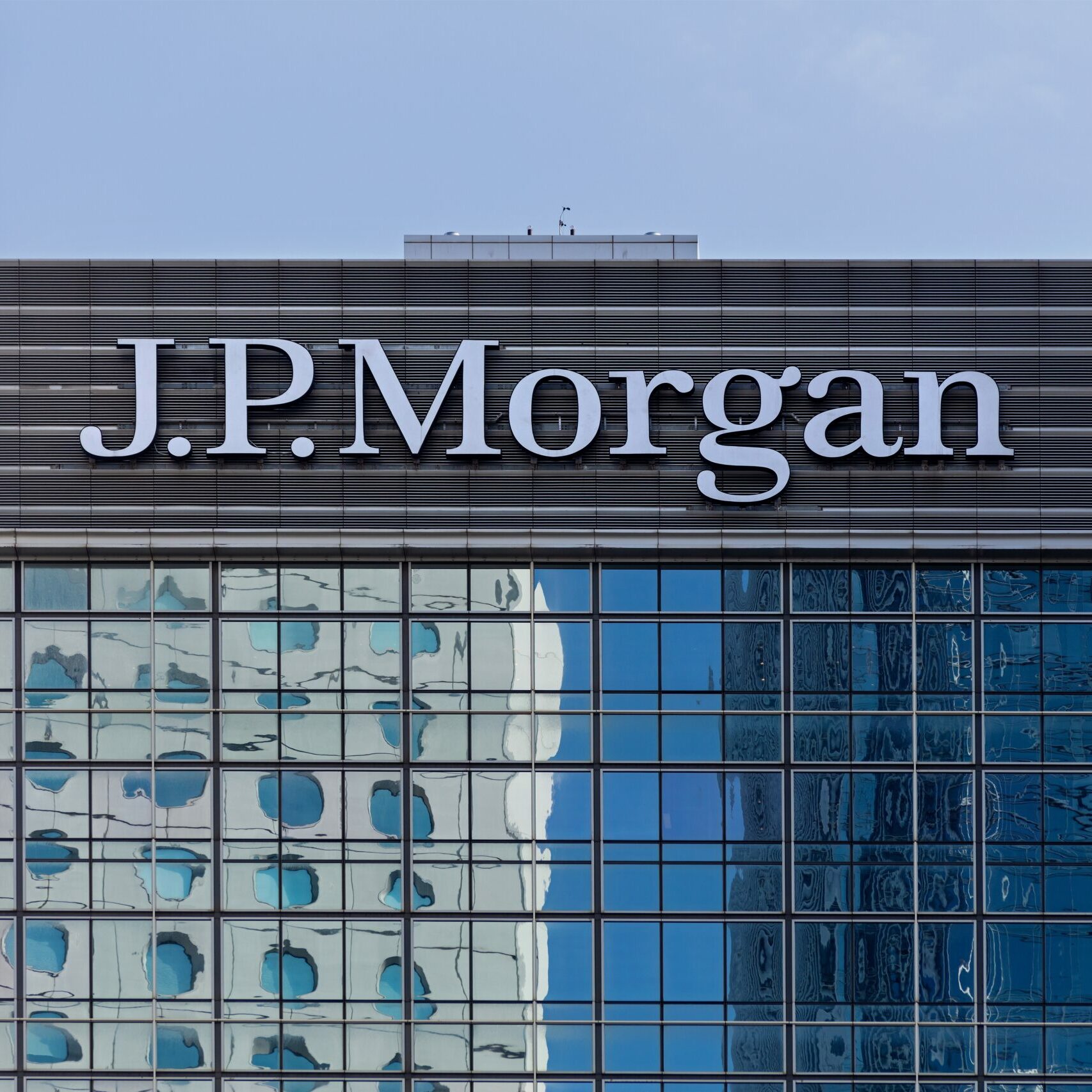2017 was, in many respects, an exceptional year for global markets with both risky assets and safe assets performing well, which is quite rare.
It was a year of surprises, particularly on the growth front and, to some extent, on the inflation front. Inflation did not come back as was expected and so long-term interest rates did not rise as predicted. Financial conditions did not end up tightening, fuelling quite an impressive rally in all financial assets.
The global macro picture is set to be equally compelling in 2018 and will be the focus of an in-depth discussion at the Amsterdam Investor Forum, a leading forum for institutional investors and alternative investment managers in the EMEA region, which will be held on 6 and 7 March 2018 in Amsterdam.
The panel, entitled “A global macro perspective: analysis and forecast”, will be moderated by Han de Jong, Chief Economist, ABN AMRO Bank, and feature Isabelle Mateos y Lago (pictured), Chief Multi-Asset Strategist, BlackRock, and Erik Norland, Senior Economist, CME Group.
Marie Demolin, Sales Director Prime at ABN AMRO Clearing says: “We very much look forward to welcoming Isabelle to this 7th edition of the Amsterdam Investor Forum. Isabelle will share BlackRock’s views on the significant macro-economic and geo-political factors, which have marked 2017 as well as their insights on the investment opportunities they see for the year ahead and beyond.”
Speaking with Hedgeweek ahead of the March event, Mateos y Lago reflects on 2017, noting that a number of potentially serious geopolitical risks such as the Dutch and French elections and fears of economically harmful policies in the US, failed to materialise.
“These storm clouds that were gathering at the start of the year dissipated and instead, we saw a number of positive surprises, which might mean 2017 will be a tough act for 2018 to follow,” says Mateos y Lago.
“Having said that, we do think 2018 has the potential to be a very good year as well. We think the current synchronised expansion has quite a bit of room to run, including in the US, especially since the US Congress recently approved significant tax reforms.”
If passed, it would be the biggest tax reform in three decades, with corporates taxes slashed from 35 per cent to 21 per cent.
The global growth picture remains solid, according to Mateos y Lago. She notes, however, that one big difference compared to last year is there will be less upside risk. Indeed, one could question the extent to which market valuations already reflect a lot of positive sentiment.
“Another big difference to 2017 will be the inflation picture. As the cycle matures, particularly in the US which is getting close to full capacity, we do expect inflation to come back, albeit in a moderate way. It won’t be aggressive enough to force the Fed to step on the brakes. Rather, we expect it to be in a moderate way that will allow the Fed to keep normalising rates along the lines that it has signalled, and allowing long-term rates to rise slightly as well,” she says.
Specifically looking at the US market, some commentators expect the Fed to raise rates three or four times in 2018. BlackRock broadly agrees with this and has a base line expectation of at least three separate rate hikes.
Much will depend on how the US economy reacts to the corporate tax cut. What is not yet known is what US corporates are going to do with this tax windfall, says Mateos y Lago. “Are they going to use it to invest more? If they do, it would likely lead to an immediate boost to growth, which could be inflationary in the short-term. Or are they going to use it to pay back debt, engage in share buybacks, increase dividends to shareholders? If they do any of these, it is going to have zero impact on growth.
“The Fed is going to have to wait and see how the economy adapts to these tax cuts. If it looks like there is an acceleration in demand then they would be justified in taking a more aggressive normalisation path.”
With respect to the UK, the Organisation for Economic Co-operation and Development (OECD) said it expected UK growth to worsen over the next two years, forecasting GDP growth of 1.2 per cent in 2018 and 1.1 per cent in 2019. BlackRock believes the UK’s decision to exit the EU is going to have a heavy toll in terms of growth potential.
The only real reason for optimism in terms of demand for UK output is global expansion, helped by a weak sterling.
“That’s a healthy source of growth for the UK economy. Large-cap UK corporates derive three quarters of their earnings from global markets so that part of the economy is going to be okay.
“However, it is also our sentiment that the risk of a cliff-edge no deal exit from the EU has receded considerably. The odds of securing a transitional deal over the next few months are quite high. That would give UK corporates time to adjust to Brexit. We do see some scope for a further rebound in asset prices, and scope for a rebound in the sterling,” confirms Mateos y Lago.
She believes that going forward, the Bank of England will be able to focus more on the fundamentals of the UK economy and less on the uncertainty triggered by Brexit. A further rate hike is forecast for 2018, possibly more than is currently priced in to the market.
“Inflation is above target, unlike most other Western economies, which gives the Bank of England a good reason to continue normalising interest rates; more so than the markets are currently pricing it.
“We could see a couple of rate hikes, depending on what happens to the sterling. If it stays where it is that would be consistent with two rate hikes. If it jumps massively after a transition deal is signed then the BoE could afford to be a bit more patient,” suggests Mateos y Lago.
As for the EU, the house view at BlackRock is quite positive. GDP growth and PMI indicators are all back to 2009 levels. That said, there is still a lot of slack; unemployment is still around 9 per cent, for example. Mateos y Lago believes Europe has scope to continue growing for quite some time before hitting inflationary pressures, which means the ECB can continue to be accommodative “for the foreseeable future”.
“That is going to be supportive of European risk assets and like the UK, European corporates are global in terms of the source of their earnings. They too benefit from this global expansion picture.
“The base line expectation of European markets is that European policymakers won’t be able to agree on much to strengthen the EU, but there’s definitely some upside risk. With the prospect of the SPD being a serious part of the German government (Martin Schultz has talked of creating a United States of Europe by 2025), it improves the odds of coming up with a solid package of Eurozone reforms over the next two years. This should help sustain Europe’s economic recovery,” explains Mateos y Lago.
Looking at Asia Pacific to conclude, one of the biggest stories of 2017 was Japan growing at almost 2.5 per cent. India is doing some interesting structural reforms, such that BlackRock expects India’s economy to grow substantially in 2018. Indonesia is improving the governance of its economy and growing strongly as well so there are a number of interesting stories coming out of the region.
All of them ultimately hinge on China, however. It is the lynchpin of the region.
The World Bank recently forecast that China’s economy would slow slightly to 6.4 per cent in 2018 and 6.3 per cent in 2019. Mateos y Lago is in broad agreement with these numbers. Indeed, she views them as good news.
“The reason this is happening is by choice. China is still very much a command and control economy. The leadership has decided there was a tradeoff between the amount of economic growth and its quality and that now is the time to place more emphasis on the quality.
“That means two things: firstly, more emphasis on environmental safeguards, restricting productions in the more highly polluting sectors of the economy. That has accounted for the slowdown in Q4 2017, which we expect to continue into Q1 2018.
“Secondly, it means reducing leverage in the economy. The amount of debt that has accumulated over the last four or five years wasn’t sustainable. The Chinese leadership realised that it had to reign in credit growth and that whatever new debt was being created flowed to the more productive parts of the economy, rather than keeping alive zombie companies.
“That is enormously positive for the sustainability of China’s economic growth.
“On average we expect global growth in 2018 to be as high as it was in 2017, with a slightly smaller contribution from China,” says Mateos y Lago in conclusion.








